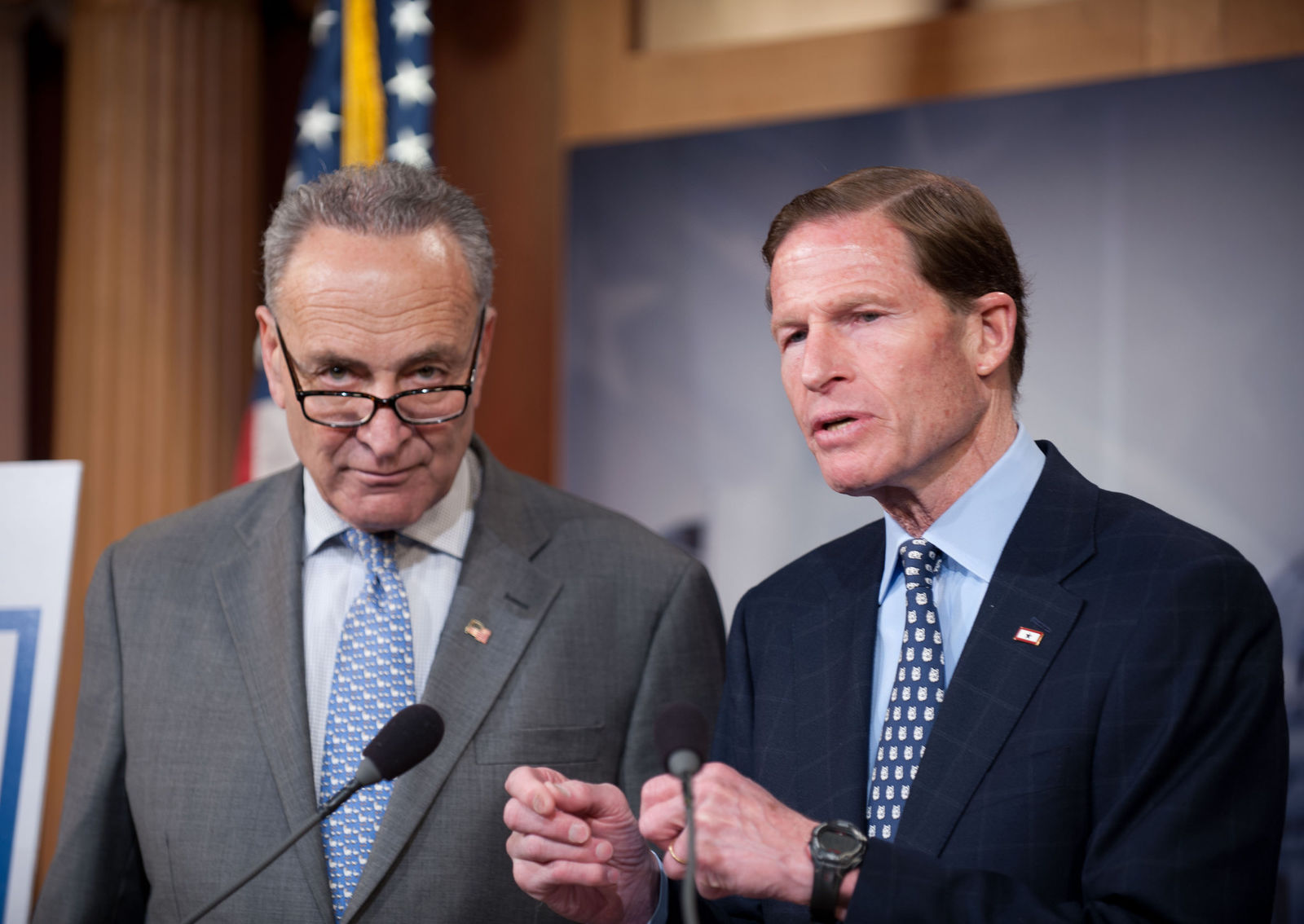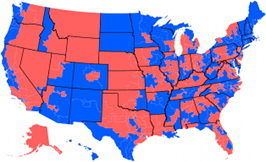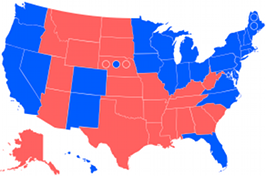This is going to be a bad year for Republicans, but the Senate race this year is so stacked in their favor, it’s practically impossible for them to lose control of the body this year.
Even after the Republicans choked away the Alabama seat, they have a 51-49 edge in the body. In the event of a 50-50 tie, votes by the Vice President Mike Pence will tilt the body to the Republicans, so Democrats must net a two seat gain in order to take control of the body.
Yes, technically two members of the Democrat caucus claim to be independent, but they both submit to the party whip and fully participate in the party caucus. One of them, Bernie Sanders of Vermont, even ran for the party’s nomination for President in 2016. So I will dispense with any pretense that Sanders and Angus King of Maine aren’t full members of the Senate Party.
Up this year is Class 1 of the Senate, along with two special elections from Class 2. the amount that this split favors Republicans is overwhelming.
Consider that Republicans not up this year number 42, while the Democrats not up this year are only 23. That means Republicans only need to win 8 seats out of 35 to hold the Senate. How easy is that?
Widely-accounted safe seats in Mississippi (Roger Wicker), Nebraska (Deb Fischer), Utah (Orrin Hatch retiring), and Wyoming (John Barrasso) account for half of it right there. That’s a virtual lock for Wicker, Fischer, Barrasso, and (probably) Mitt Romney to be Republicans 43, 44, 45, and 46.
That leaves four. Republicans have two more seats that are widely rated as “Likely”: Mississippi (Thad Cochran retired, Cindy Hyde-Smith appointed) and Texas (Ted Cruz). It’s conceivable for either of these seats to swing the other way, but when Cook in particular moves a seat to Likely as he has for Cruz and Hyde-Smith, it would be most unexpected for those seats to go the other way.
Beyond that, there are eight more seats widely rated as toss-ups: Arizona (Jeff Flake retiring), Florida (Bill Nelson), Indiana (Joe Donnelly), Missouri (Claire McCaskill), Nevada (Dean Heller), North Dakota (Heidi Heitkamp), Tennessee (Bob Corker retiring), and West Virginia (Joe Manchin). Between the eight toss-ups and the two “likely” seats, Republicans just have to win half, plus their safe seats, to get to 51 seats.
Winning half of the toss-ups may sound hard in a wave year, but look at the states. Seven of the eight toss-up states went for Donald Trump. Further, Democrats like McCaskill and Donnelly faced remarkably weak Republicans last time, and are unlikely to get so lucky this time.
On top of that, Democrats have their own Leaners in Trump states they have to defend: Montana (Jon Tester), Ohio (Sherrod Brown), Wisconsin (Tammy Baldwin). If Ted Cruz isn’t safe, then we can’t count them as safe, either.
Analysts often point out how lucky Donald Trump was in 2016. It’s true. But Democrats were also lucky in the 2012 Senate elections. They have to get more lucky than that if they want to net two seats and win the Senate this year.



 House of Representatives Swingometer
House of Representatives Swingometer Electoral College Swingometer
Electoral College Swingometer
Comments
No Responses to “Doing the Math: Why the Democrats almost can’t win the Senate in 2018”